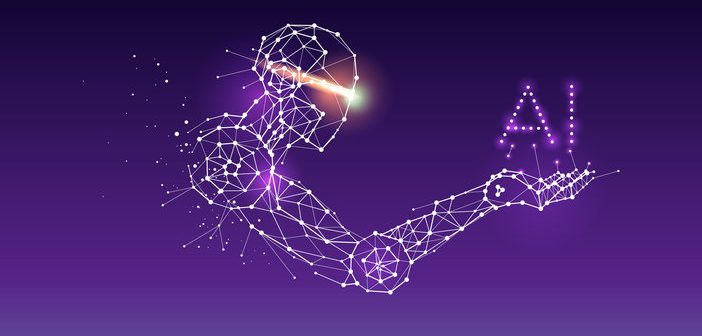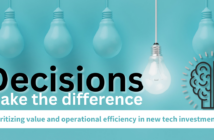Changing hospitality one hotel at a time
by Marina Ivakhenko
Large, sleek skyscraper towers made of glass and metal stand in the middle of downtown Beijing, China. After seven years of construction, the China Zun skyscraper is reaching the final stages to officially become the tallest building in the city, providing 1,732 feet of offices, luxury apartments, a rooftop garden, and a 300-room hotel spanning 20 floors.
The concept of BIM, or Building Information Modeling technology, has existed since the 1970s. It’s a software supporting the decision-making in construction projects. It helps individuals, companies, and government institutions design, plan, and operate complex building infrastructures – water, gas, electricity, communication utilities, and so on. BIM connects all construction teams to track each one’s progress and simplify workflows while ensuring safety and quality.
Generative design
Borrowed from nature itself, this concept simulates behavior of individuals staying in a building – their patterns, preferences, common routes, even views they see from the windows. These patterns are found iteratively and can be described both by humans using pen, paper, and meticulous observations, and also by AI. These algorithms promise to be helpful in designing interior spaces.
Planning and optimization
This plan goes through every stage of the project lifecycle and navigates through complex schedules, budgets, and manpower. Since you simply cannot schedule structural and MEP (mechanical, electrical, and plumbing) work to happen at the same time, BIM technology eliminates the time wasted and prevents the scenario where one task is delayed because of the other.
A specialized scheduling assistant takes numerous options and picks one optimized for both time and cost. A similar tool uses autonomous robots scanning the construction progress and AI that detects quality mishaps, makes schedules and forecasts, and calculates earned value.
The transformational power of hotel-building technology
One of the first steps of architecture design is to define the activities that will take place in a building. Then, these activities are allocated to specific spaces and space needs. That’s why while an apartment building and a hotel may have similar designs, the activities that happen inside are different. Thus, infrastructure, housekeeping, and vertical transportation are all prominent parts of any hotel’s functionality. AI helps ensure all of these needs are addressed when constructing a hotel building.
Sustainability and energy management
Many hotels today take pride in their green initiatives: installing LED lights, automatic lighting, air conditioning, and of course, persuading guests to reuse towels. Although these initiatives are great, their results often are lost in the energy and resource consumption a hotel experiences daily. While a bigger impact can be made with recycling or composting, the effort should start at the construction phase. By focusing on landscape design to save on water and fertilizers or the shading structures that will reduce the need for cooling, hotels can expect better sustainability results from the ground up.
Comfort and personalization
The biggest field for AI adoption in hospitality comes in the post-construction phase. Hoteliers are eager users of IoT, Internet-of-Things, (both for guests and back-of house tasks), sensors, monitoring equipment, and even smart glass. Such technologies not only allow visitors to interact with the building in their own way (see Alexa in Marriott rooms, app-controlled thermostats, and digital keys), but they also give employees a toolset to do their jobs better.
About the author:
Marina Ivakhnenko is an editor at AltexSoft, a travel and hospitality technology consulting company. AltexSoft works with online travel agencies, travel management solution providers, hotels, and travel tech startups to build custom software. In business for more than 10 years, they help implement new or modernize existing solutions, improve the experience of your customers, and utilize available data science and machine learning opportunities to accelerate revenue growth and optimize your expenses.




